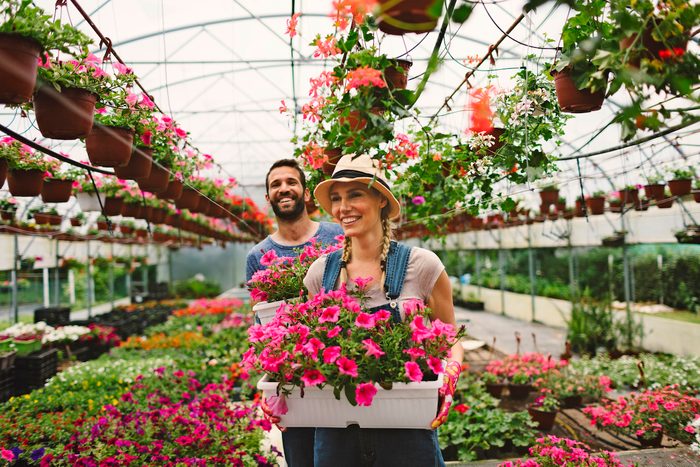
Before You Buy a Plant, Know Your Needs
Jessica compares buying a plant to grocery shopping. “You select a meal and list out the ingredients needed. Gardening is much the same,” she says. Plan ahead to avoid impulse buys that can turn into pricey mistakes. Take stock of your available space, and know your soil, light and water requirements.
Check out the top 10 new garden plants for 2024.
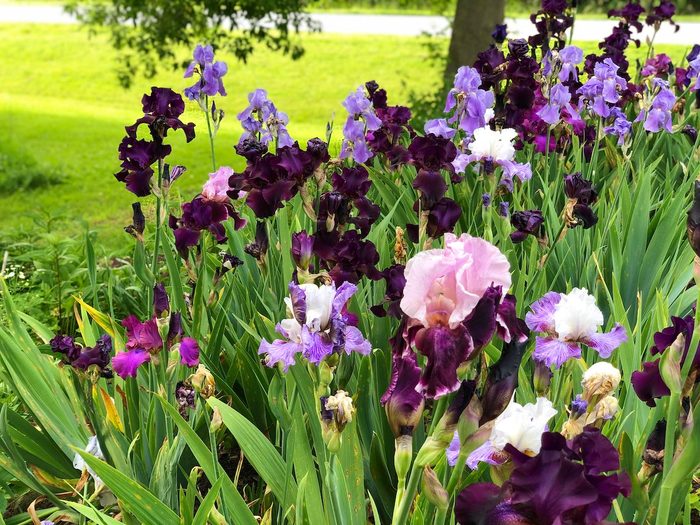
Take Photos of Your Garden
Go prepared. Take pictures of your planting area, know how much sun and shade there is, determine how much time you are willing to spend on maintenance and, most importantly, know what size you want the mature plants to be, says Birds & Blooms reader Kathy Eppers of Aledo, Texas.
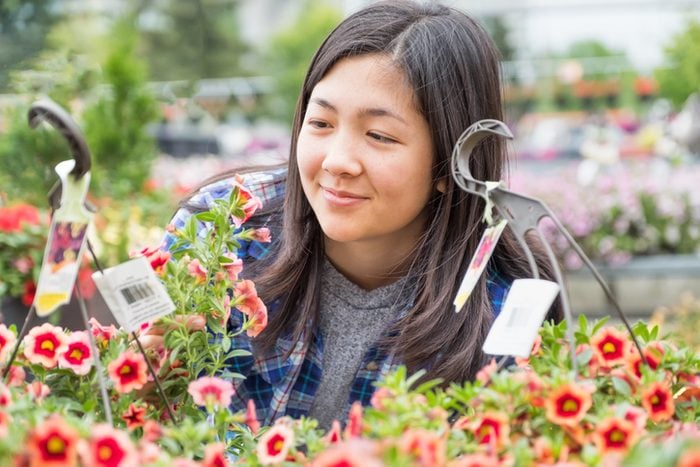
Read Plant Tags Carefully
Plant tags offer a wealth of critical information. Carefully check the available details to be sure you can meet a plant’s needs and to find out how big it will get. You don’t want to wind up with a 10-foot-tall shrub in a space meant for smaller blooms.
Here’s how to determine your plant hardiness zone.
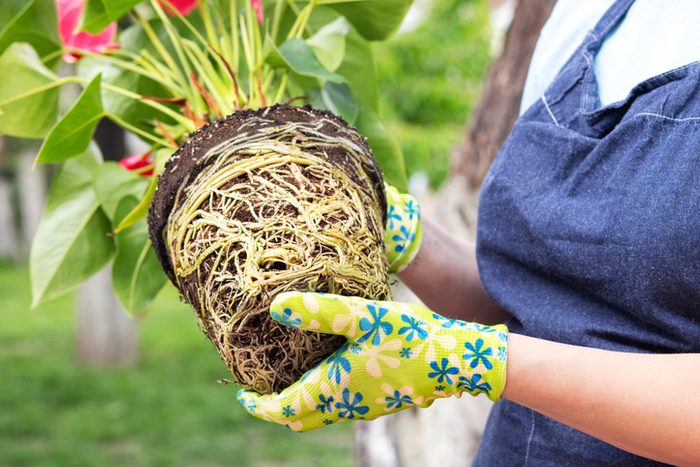
Check the Plant’s Roots
When possible, take a quick peek at a plant’s roots. “A healthy plant should be rooted to the bottom of the container, and you should see nice white roots throughout the soil ball,” Jessica says. Avoid buying pot-bound plants, where the roots are wrapped tightly around themselves.
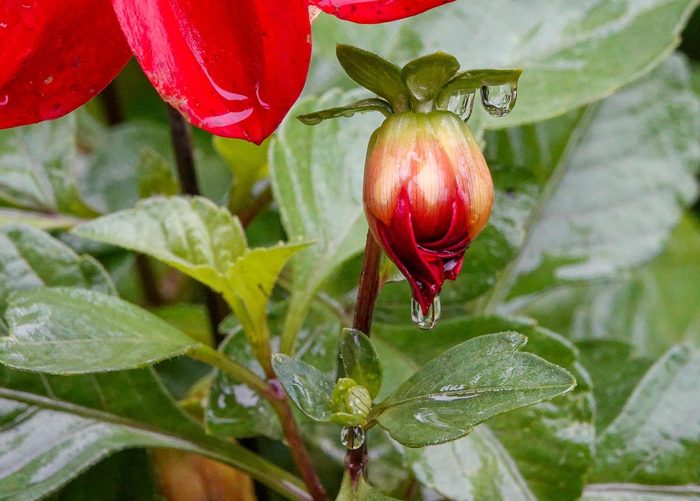
Buy Plants With Flower Buds
Flowers with existing blooms draw the eye, but unless you need instant color in your garden, Jessica suggests looking for plants with healthy foliage and lots of buds. That way, you’ll have gorgeous blooms for weeks to come.
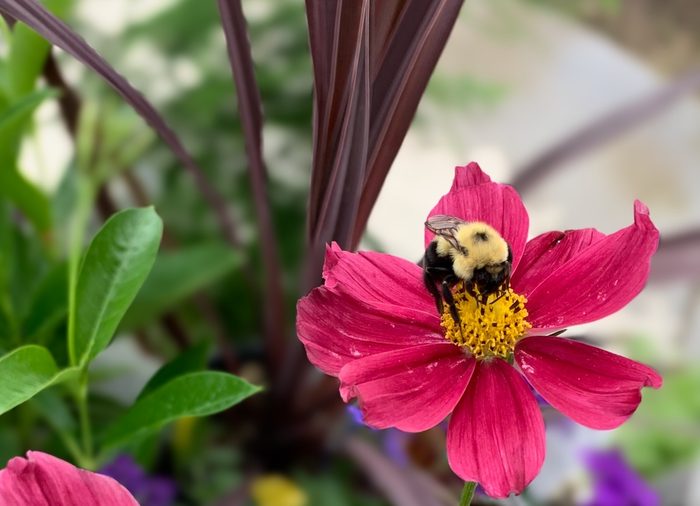
Follow the Insects
If you’re planning to grow a butterfly garden, let insects show you the way to the best picks with blooms. Take a step back at the garden center to see which plants the butterflies and bees are visiting, and add those to your cart.
Annuals vs. perennials — do you know the difference?
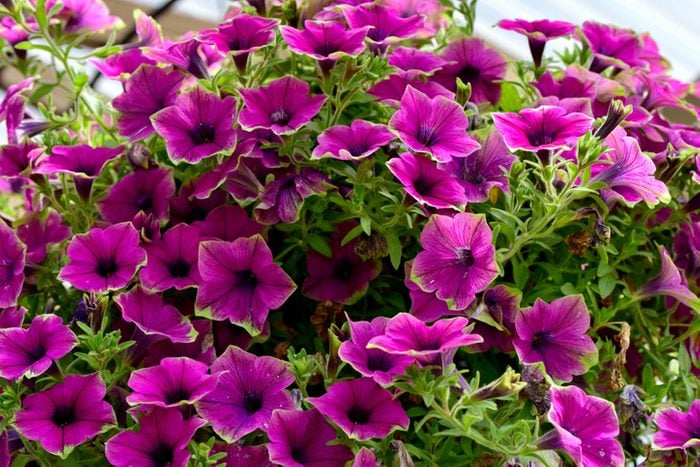
Make Your Money Count
“If you’re looking for ways to save a buck, look for plants that have long bloom times or are more vigorous,” Jessica says. “Plants such as Supertunias grow up to 3 feet wide in the landscape. This means that you can plant fewer plants and still get maximum impact.”
Reader Gerry Hofmann of Fort Collins, Colorado, recommends, “Purchase common species at big-box stores, then splurge at local nurseries on more unusual plants.”
Wave Petunia plants blow other petunias out of the water.
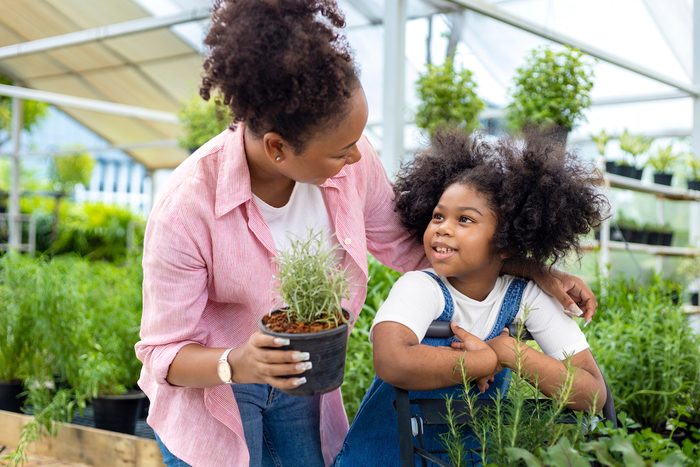
Check the Bargain Racks
Many stores have racks with plants that are past their prime, and you can score some real deals if you’re willing to search. These plants are often in great shape but have been moved to the back to make room for new shipments. You just never know what you might find.
Reader Doreen Damm of New Port Richey, Florida, says, “Find out what day the plant vendors deliver. They pull plants and put them in the markdown area to make room for new arrivals. I’ve had great success with this.”
Check out more genius garden hacks you’ll want to steal immediately.
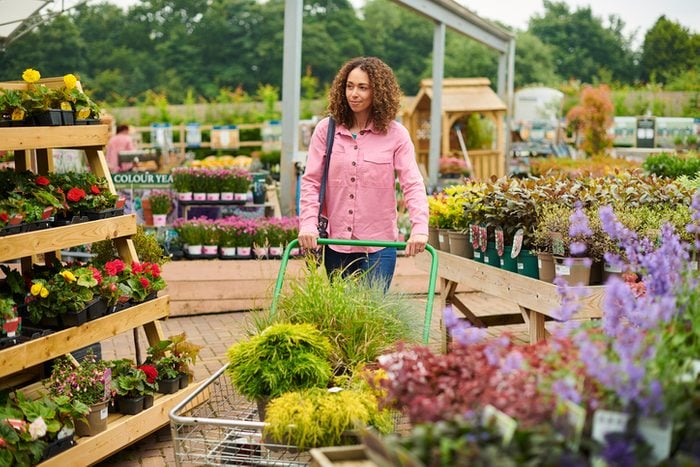
Find Deals After Peak Season
Don’t be afraid to pick a plant that isn’t flowering. “Buying plants out of blooming season will save you money, but you’ll have to wait until the following year to enjoy them,” says reader Carole A. Reis of Felton, California.
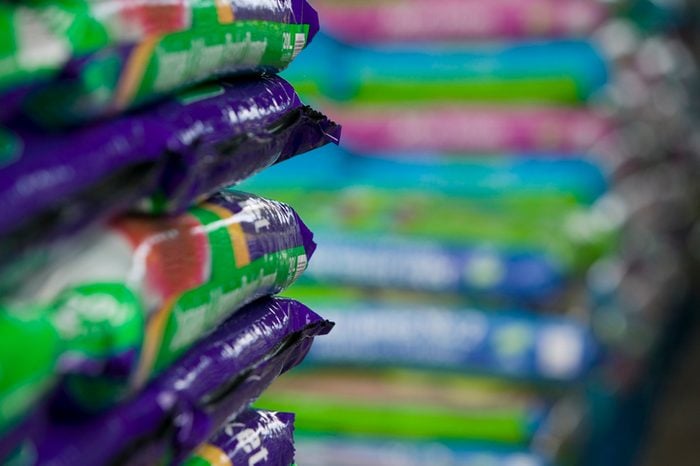
Speak up and Save
“Ask for a discount if a bag is ripped or a plant looks shabby,” says reader Joan Heid of Chester, South Carolina.
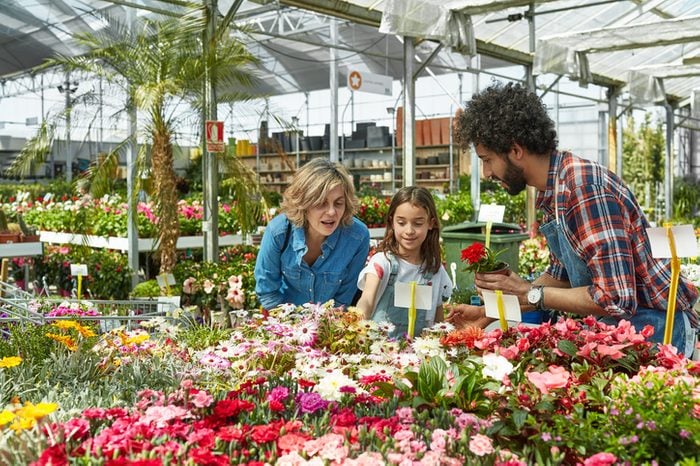
Get Plant Buying Advice From Staff
“If you have questions, don’t be afraid to ask,” Jessica says. “Garden center staff want to help you on your plant journey, because their success is tied to yours.” Go during a slower time of day or week to ask them for their favorite picks, and find out when they expect new plants.
“I always get to know the staff at the garden center. They give me advice about caring for plants in my region, when plants will go on sale and more,” says reader Glenda Ferguson of Paoli, Indiana.
Next, read up on never-skip gardening tips from master gardeners.
Sources
Why Trust Us
For nearly 30 years, Birds & Blooms, a Trusted Media Brand, has been inspiring readers to have a lifelong love of birding, gardening and nature. We are the #1 bird and garden magazine in North America and a trusted online resource for over 15 million outdoor enthusiasts annually. Our library of thousands of informative articles and how-tos has been written by trusted journalists and fact-checked by bird and garden experts for accuracy. In addition to our staff of experienced gardeners and bird-watchers, we hire individuals who have years of education and hands-on experience with birding, bird feeding, gardening, butterflies, bugs and more. Learn more about Birds & Blooms, our field editor program, and our submission guidelines.


